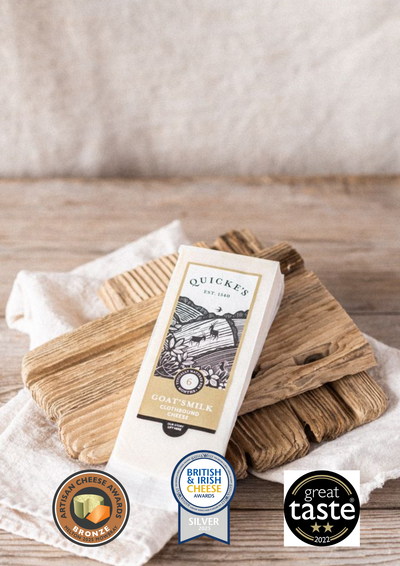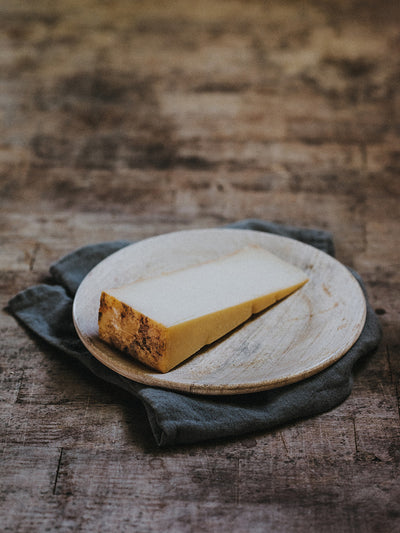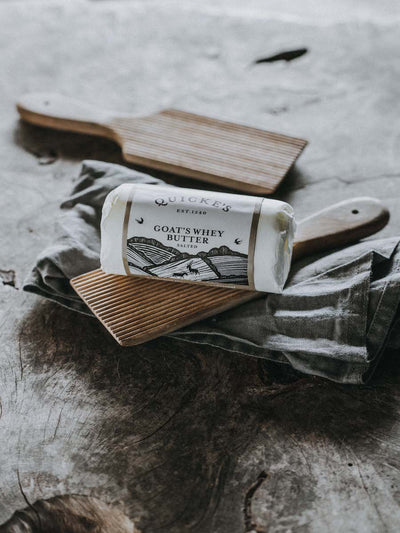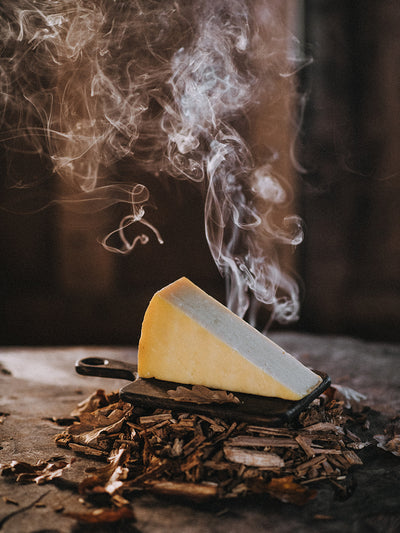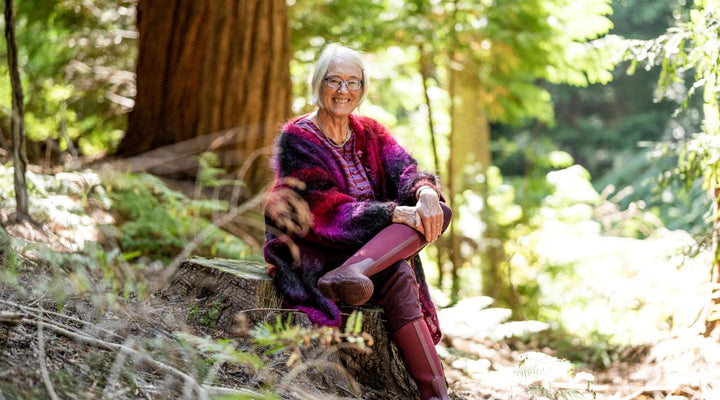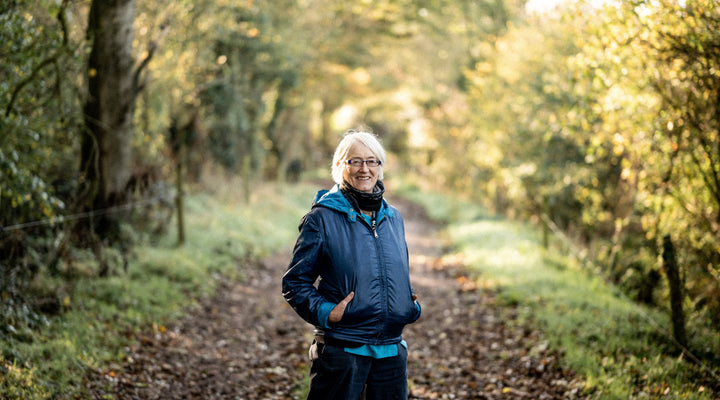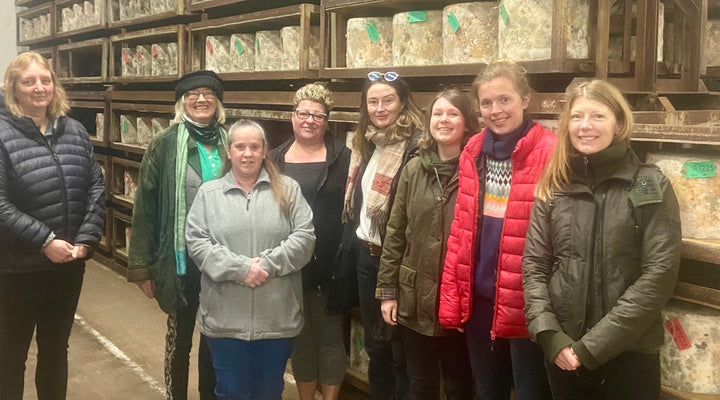NATURE
The beautiful, orderly, purposeful unfolding of spring in the natural world is a welcome contrast to what is happening in the human world. Walk outside, breathe the clear air, see the new leaves unfurl with infinite shades of green, all the way from luminescent beech, olive coloured oak and the pink tinge of new larch needles. All creatures strive to create new life, the future. House martens arrive, singly, then before you know it, a little village of earth walled caves are suspended from our eaves. Bats take up residence in our attic to produce young. Pheasant hens, refugees from local shoots, are fought over, won, lay eggs visibly on the ground, sit and become lunch to new fox families. They leave disconsolate males who take solace in other bereaved males.
This year, has been the warmest I remember, according to my globe artichoke plants. They are susceptible to frost, and I’ve never seen them grow so strongly all the way through the winter. I’ll be happy to eat some globes artichokes early. My daughter is so passionate about them from early exposure, she even has a blog dedicated to artichokes.
ARABLE
Last year’s late winter turned immediately into a drought for us. For the first time ever, we bought fodder in. That is expensive and scary: what happens if our neighbours didn’t have surplus? Our spring crops are all about restoring our fodder stocks. We’ll put a grass clover break into our crop rotation: we will sow grass and clover combined which increases soil organic matter, improves soil structure, holds CO2 in the soil (where it’s meant to be), and gives us more grass silage. We spread manure on the ground we grow maize on, and drill it early enough for a good crop.
GRASS
Grass growth took off early and carried on, not suffering the snow of last year. Now we have spread the cows more widely across the grass, they can get more of what they need from the grass as it grows fresh, young and perfumed. I love when the day comes when suddenly more grass is growing than they can eat. Up to that time, we all worry the cows are eating it faster than it can grow, and every time they go into a new paddock, there is slightly less grass than there was in yesterday’s. Then suddenly, each day brings slightly more grass until there is more than they can eat. Then, we skip some paddocks to grow long to cut for winter feed, and keep the cows grazing the leafiest, most nutritious grass. People say this is extensive grazing, because the cows are on a bigger area on the farm. If cows are fed a lot of grains, you don’t notice the bought-in acres hidden in the grains, often from faraway former prairies and rainforests. And under our cows’ acres, we are growing more organic matter, making that lovely, spongy, humus-rich grassland soil, adding to what feeds us all. So we manage our grassland to provide as much of the cows’ diet as possible and have the acres here that they eat from.
COWS
There are always the last few stragglers of spring cows calving. We like them to calve so they are the hungriest at the peak of grass growth, just like we calve the autumn cows to munch the autumn grass flush. Now the last few spring cows are left to calve. The ones who calve late often aren’t so happy in our grazing system. Late calvers get less time to recover from calving and get in calf again, and the calves struggle to grow in time to become cows in their calving herd. As nature intends, animals breed annually to meet the peak of feed. In nature, late calving mothers wouldn’t then find enough to eat in the summer to feed their calf, who might not thrive. We could feed them, and to feed grass not grain, we need the herd to follow the natural rhythm of grass growth. So the late calvers have beef not dairy sires, and those resulting heifers won’t be reared to be milking cows. We use the Belted Galloway bulls because they colour mark their calves with a white belt around their middles, so we know for certain who’s the daddy.
The end of calving is tiring, too. We may have had 10 calves a day in the peak, and now the last calf may take 10 days to come. We have to keep alert to the health of cow and calf in just the same way, and it’s more tiring at the end, after weeks of alertness, to maintain that same care for just one calf. That’s another reason to keep them as a herd, so we can be at our freshest. Most of the calves are now drinking well, and starting to graze grass alongside drinking milk. They are timid, quiet and biddable. In the evening-time, they suddenly become like children let out into the playground: pretend fighting, racing, skipping, playing tag, for the joy of being alive in the springtime.
Their big sisters, the 15 month old teens, are no better than they should be. When their time of the 3 weeks comes, their fertile point, they let everyone know about it. It’s only us who stops them getting in calf before they are physically big enough to bear a calf. There are differences between breeds as to when they start getting urges, with Holsteins starting at an alarmingly young age and Montbeliards being much more leisurely, often reaching puberty at the very last moment for them to calve next February, just as the grass growth starts. Our hybrid mix of breeds in each animal, Friesian, Holstein, Swedish Red, and Montbeliard, evens this out, so surprisingly behave as a single herd, exquisitely turned to our farm.
The rich pastures with leafy growth gives plenty of energy and protein, just a little short of fibre this early in the season. Oddly enough, that gives less fat in the milk, so we treat the curd more gently to retain as much fat as possible in the curd. Too little fat and the flavours lose some of their lusciousness. It’s the cheesemakers’ skill to create great flavours whatever the pastures are doing.
MARY QUICKE

